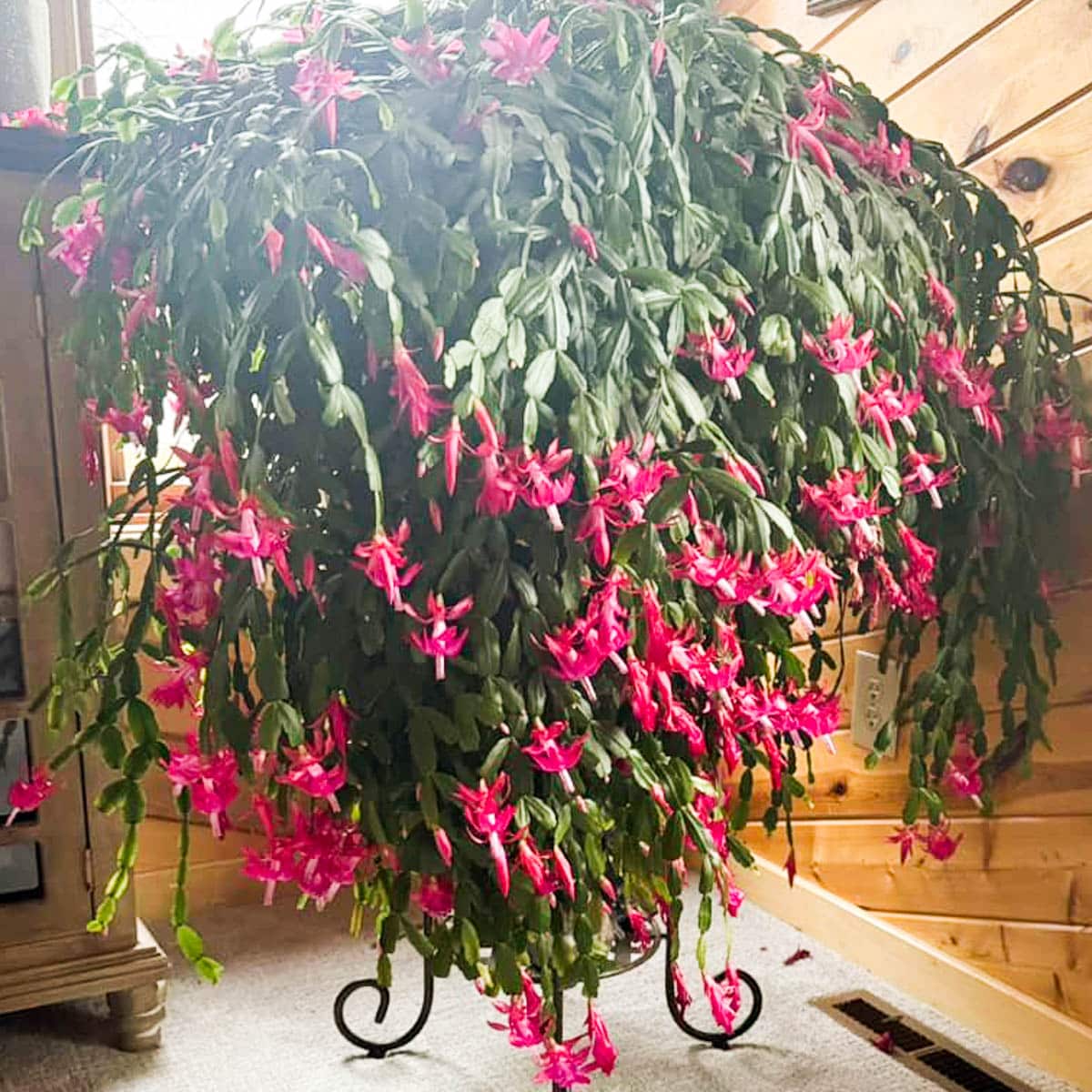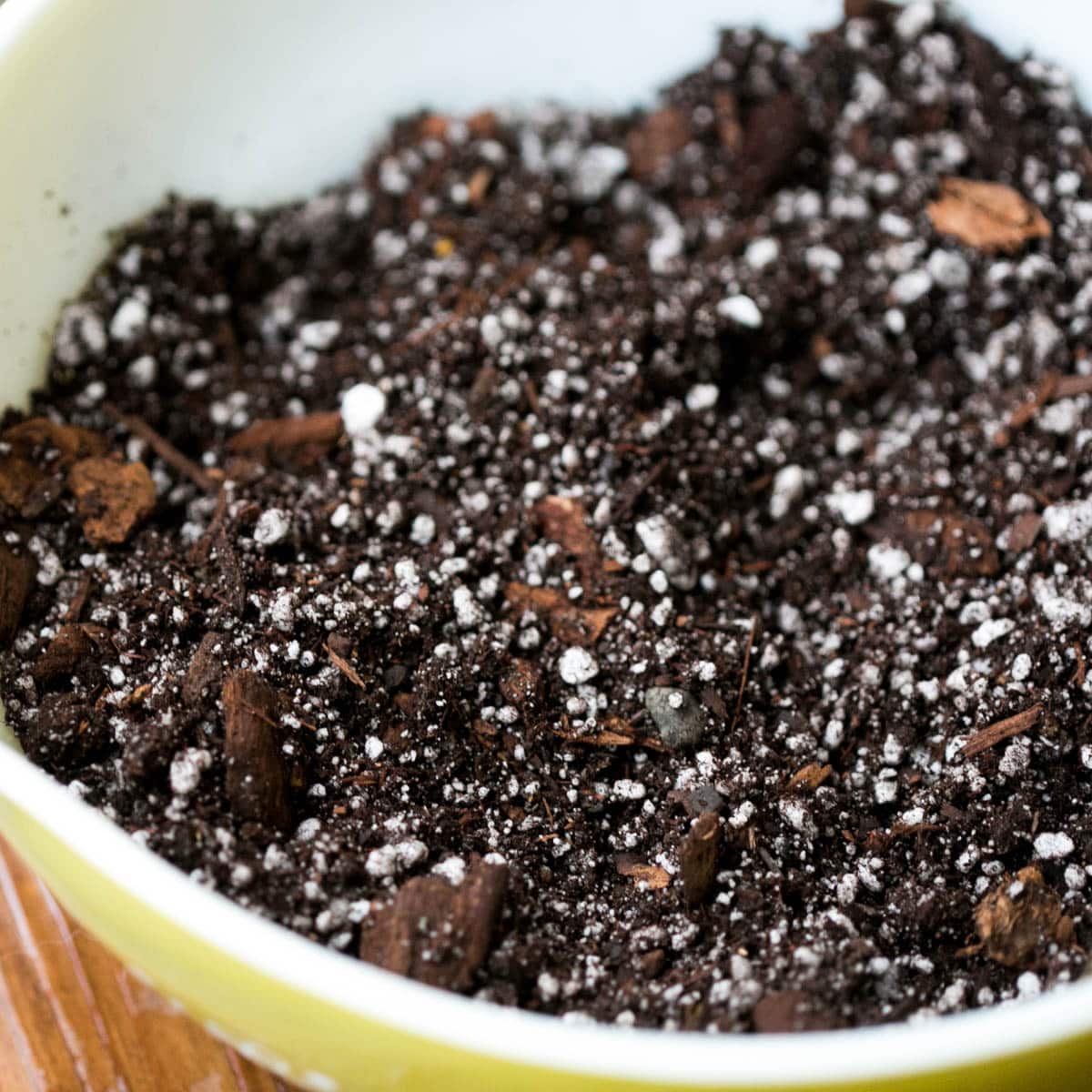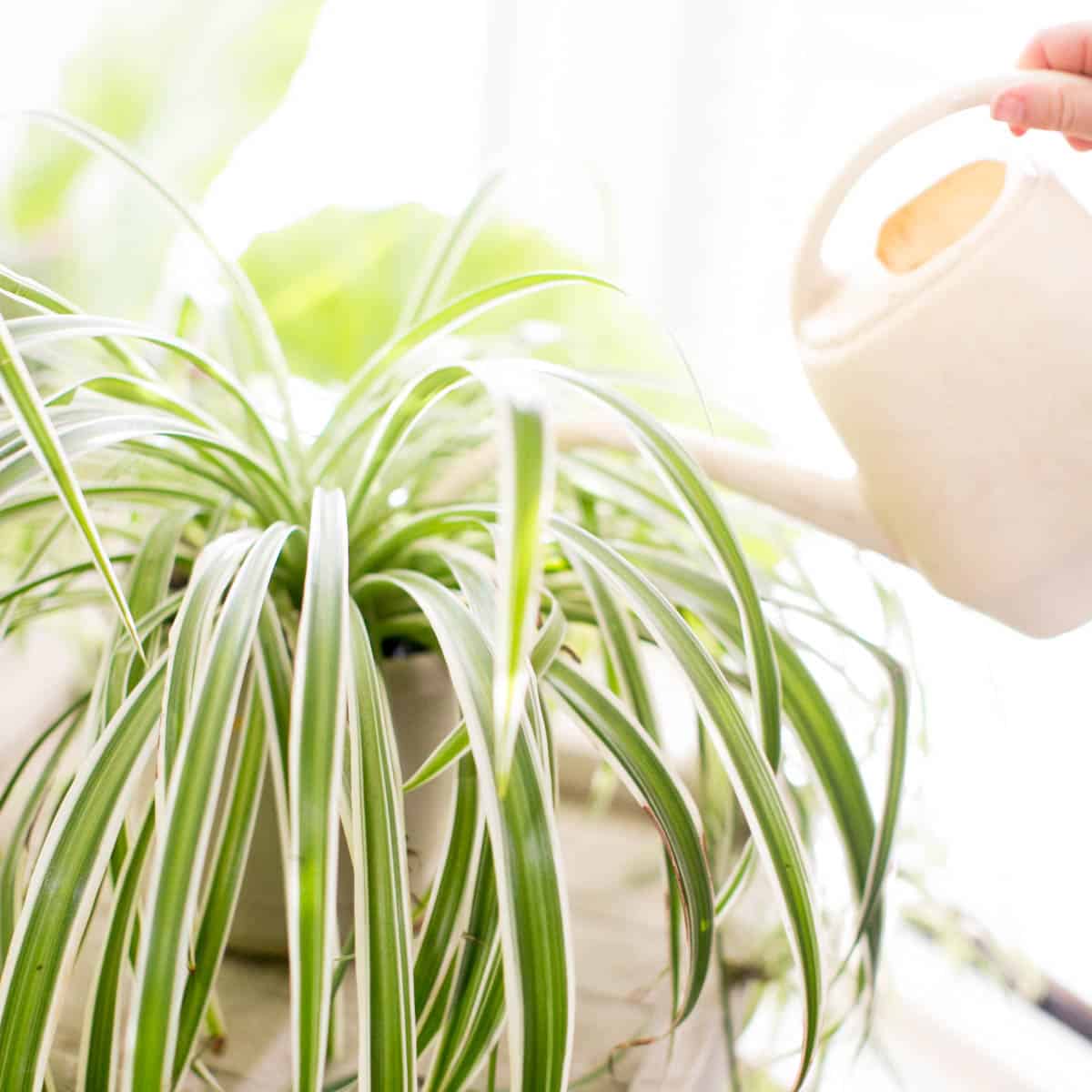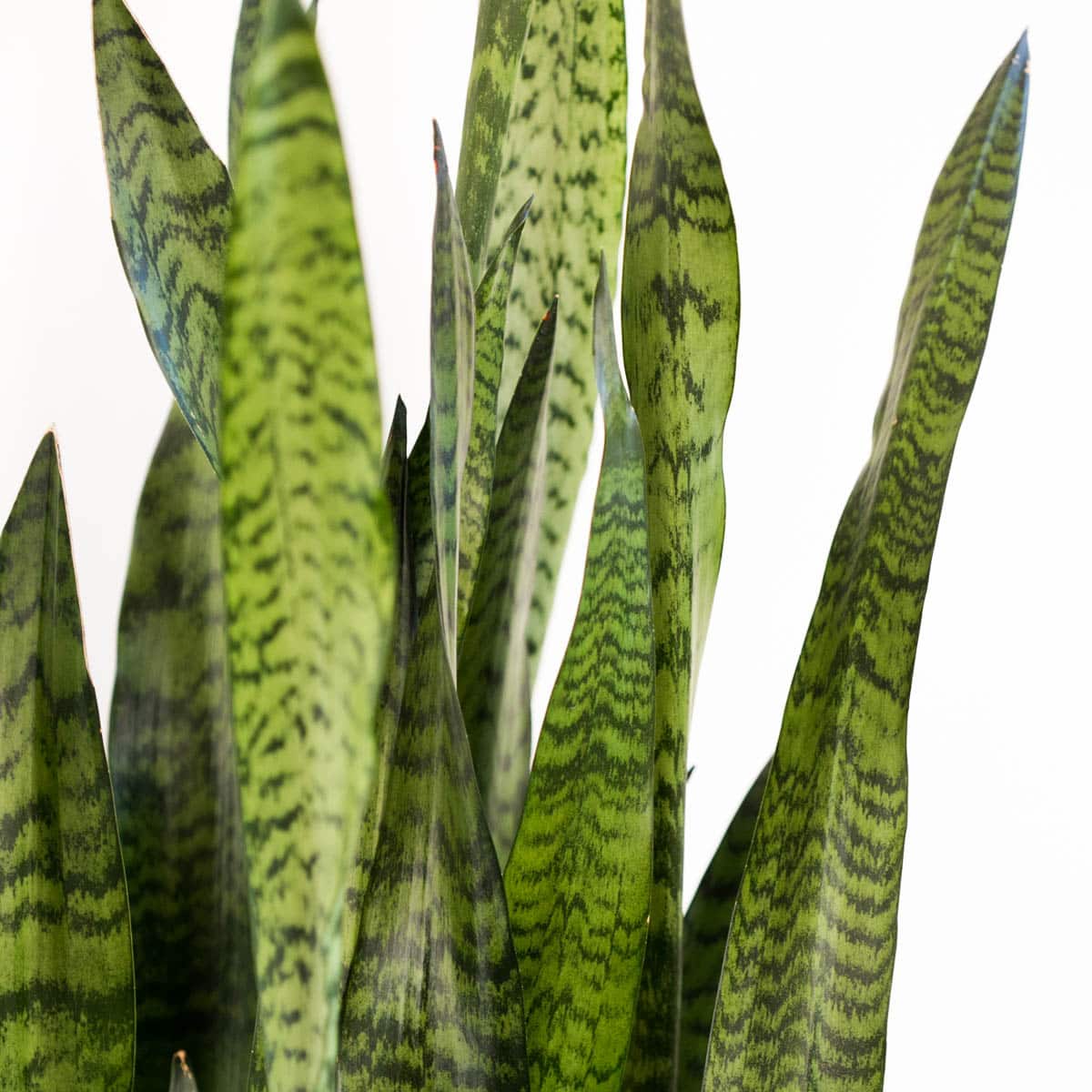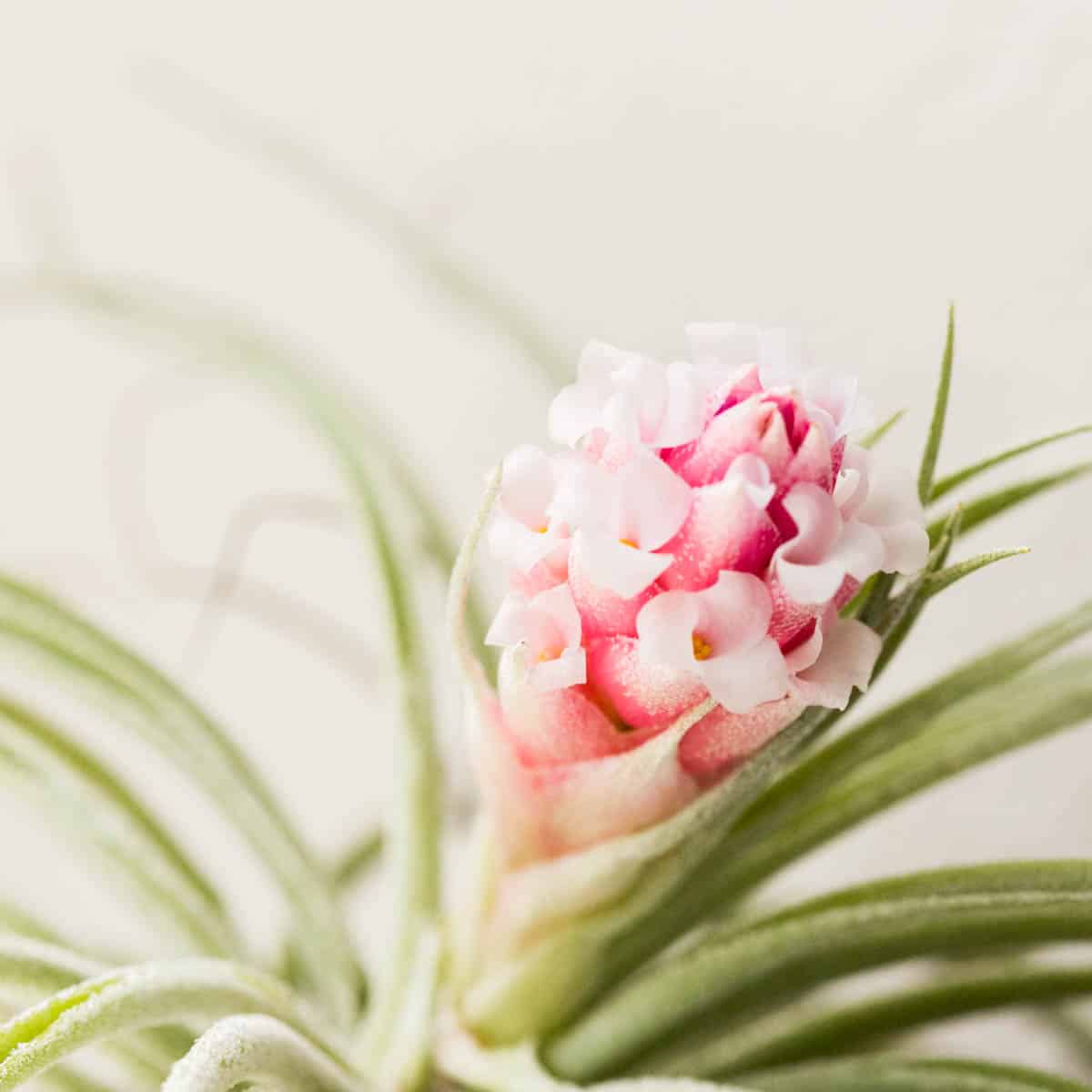What Is Coconut Coir + How Does It Benefit Plants?
Coconut coir is an amazing and natural soil amendment that can be used for indoor or outdoor gardening! This remarkable and sustainable natural product was once a neglected byproduct of the coconut industry. As gardeners search for Eco-friendly resources it has grown in popularity- and rightfully so!

In case you haven’t guessed, I love coconut coir. It’s my favorite growing medium as it means I don’t have to contribute to the decimation of irreplaceable habitat and I still have a quality growing medium to use for my houseplants.
The meat and water were the prize during coconut harvesting, while the husk was historically left to rot.
Thankfully we now recognize the value of the whole coconut and use the husk, from the shell to the outer coating (called the coir) as a sustainable growing medium to benefit both houseplants and outdoor gardening!
This post contains affiliate links. If you click through and make a purchase, we make a small commission at no extra cost to you.
The Journey From Coconut to Coir
Transforming coconut husks into useful coir is more complex than scooping out the meat and coconut water. It starts with soaking the husks in saltwater or freshwater to soften them, which prepares them for further processing.
If soaked in seawater, they absorb salt. Sea salt soaked coconut husks require additional processing to remove the salt. The husks are left to dry for over a year. Next comes chopping and processing, turning the husks into different types of coir (more on that below).
Types of Coco Coir
Coco coir is available in three main forms:
Coco Pith or Coco Peat
Resembling finely ground coconut or peat moss, coco pith is highly absorbent. It’s best used as a component in potting mixes or soil conditioners rather than as a standalone medium.
I like to use coco pith instead of vermiculite or perlite in mixes where I need good water retention.
Coco Fiber
After extensive drying, the long coco fibers from the husks are ready for use. They improve porosity and drainage in garden soils and potting mixes.
Coco fiber also frequently ends up in my homemade soil mixes. While coco pith is excellent for retaining moisture, the coco fiber provides good soil structure and drainage, so the plants don’t get waterlogged, and the soil doesn’t get overly compacted.
You can purchase coco fiber here.
Coco Chips
Coco chips are the middle ground between pith and fiber. They help create air pockets in the growing medium while retaining moisture.
If you’re only going to invest in a single type, particularly for seed starting, I’d go with coco chips, as they’re a stable blend with the correct ratio of pith to fiber. It’s a good choice if you don’t want to make your own blend.
Learn how to create your own Christmas cactus soil here.
Benefits Of Using Coconut Coir in Your Garden
I can’t sing the praises of coco coir enough. You can use it in the greenhouse, in hydroponic setups, in your garden beds, and for house plants. It’s so versatile. Plus, being a green freak, I love that it’s sustainable, renewable, recyclable, and reusable.
Water Retention
Coconut coir holds up to 10 times its own weight in water, retaining moisture for your plant roots to take up. A ready water supply is essential for healthy plants as it impacts growth, nutrient uptake and distribution, and the stability and structure of plant cells.
Learn about the best water sources for houseplants here.
Resistance To Disease
Coconut coir is also a powerful anti fungal, helping keep fungal pathogens at bay. This is particularly important for seedlings and plants in warm, humid environments and areas prone to fungal issues.
This valuable growing medium is also resistant to mold and certain diseases, helping your plants stay healthy and infection free.
Effects on Soil
Coconut coir has a neutral pH, so it’s safe for all plants and won’t adversely affect the pH of your soil. The inclusion of coco fibers improves soil structure, helping to aerate the soil and improve drainage while retaining just enough moisture.
Aeration and good structure are critical to soil health. Without adequate air in the soil, your plants and the good bacteria and organisms in the soil will die. The improved soil structure encourages deep, strong root growth, boosting overall plant health and reducing reliance on surface watering.
Environmental Considerations
One of the best things about coco coir is its minimal negative environmental impact when it’s grown, harvested, and processed sustainably.
Coco coir is sustainable, renewable, reusable, and recyclable. Coco coir is genuinely renewable, unlike peat moss, which takes hundreds of years to replenish. It’s a byproduct of coconut farming, so putting it to use in your garden is a great way to use a waste product that would otherwise be left to rot.
Unlike peat moss, which isn’t structurally strong enough to be reused, coco coir holds its structure well until it decomposes so you can use it over and over again, and it takes a while to break down, so you won’t have to add it to the garden beds every year. It also makes excellent brown matter in your compost heap, speeding up the composting process by aerating the pile for the bacteria to thrive.
Read all about the best soil for pothos here.
Considerations When Using Coconut Coir
One significant point to note is that coco coir is inert, so in its pure form, it has no nutrients. Therefore, you can’t just take a bunch of coco coir and dump your plants in it. You’ll need to add nutrients to it if you’re using it for seedlings and container plants.
In my opinion, the easiest way to do this is to add some rich compost, preferably organic, from your compost heap. But you can also use a high-quality compost from the store. You can also add worm castings or well-rotted manure.
Whichever option I choose, if I’m transplanting, or potting a new plant, I like to add some of my homemade willow water, a powerful DIY rooting hormone that encourages rapid, strong root growth that has plenty of plant health benefits of its own.
Always pay attention to where your coco coir comes from and how it’s been processed. I buy mine from a company that uses sustainable practices and organic principles. And they process their coconut husks in fresh water, not salt.
If you go for a brand that soaks the husks in salt water, be careful as, if they don’t rinse it thoroughly, the coco coir will have an intolerably high salt content that can cause long-term harm to your soil, and you’ll struggle to grow pretty much anything.
Applying Coco Coir in Gardening: A Versatile Medium
Coco coir can revolutionize how you garden. It’s excellent for soil-less potting mixes, enhancing drainage and aeration.
In your garden, it improves the texture of both clay and sandy soils, giving the soil a better structure that retains moisture but allows adequate airflow and drainage.
Indoor Plants
For indoor plants, especially those in hydroponic setups, coco coir provides a stable, supportive environment. Its slow decomposition rate and moisture retention qualities make it a good choice for many houseplants such as spider plants and pothos.
I like it mixed with high-quality organic compost for starting seeds and nurturing seedlings in the greenhouse because of its good structure and anti-fungal and anti-mold properties. I find it particularly useful for growing delicate seedlings like peppers that are prone to mold and fungus.

Outdoors
Because of its slow decomposition rate, I am a huge fan of using coco coir with plants that stay in the same place for several years. Strawberries are a great example.
Whether I’m growing brand new strawberry plants from scraps or bringing on maiden strawberry runners, I like to establish them using my coco coir seed starting blend.
Then, when I’m ready to plant them out in their final position, I dig in plenty of coco coir right into the soil of the new strawberry patch, along with a good dose of well-rotted manure or compost.
I plant the strawberries in this mix, then mulch them with a top dressing of coco chips. The coir I dug in provides great structure and a good moisture balance, encourages healthy root growth, and helps limit the risk of certain soil fungi and pathogens. The top dressing retains moisture, inhibits fungus and mold, and helps to keep the ripening fruit off the wet ground.
This setup will last four years with minimal intervention from me.
How To Use Coconut Coir
Using coconut coir in your garden is straightforward and can greatly benefit your plants. Here’s a simple guide to help you get started:
- Rehydrate the Coir: Coconut coir often comes in dehydrated bricks. Soak the brick in a container of water until it expands. This usually takes about 15–30 minutes. Once it’s re-hydrated, fluff it up to a soil-like consistency.
- Mix with Soil: You can improve your garden soil by mixing in coconut coir. Coir enhances drainage and aeration for clay soils while increasing water retention in sandy soils. A mix of long-fiber coconut coir with coco peat or other substrates is ideal for aerating compacted soil, promoting healthy root growth.
- Use in Potting Mixes: Combine coconut coir with other potting mix components like nutrient-rich super-fine compost. This creates an ideal environment for plant roots, balancing moisture retention, drainage, and aeration.
- Adjust Nutrients and pH: Since coconut coir is nutrient-poor and inert, you’ll need to add nutrients, either in the form of hydroponic nutrients or high-quality compost and worm castings. You may want to adjust the pH for optimal plant growth.
- Monitor Watering: Be cautious with watering due to its high water retention capacity. Over-watering can be an issue, especially in plants that prefer drier conditions. Adjust your watering schedule accordingly to avoid water logging.
You can also use coco fiber wrapped around a pole to support your houseplants in place of a peat moss pole. And you can create a potting mix for houseplants, including succulents, using a blend of coco coir, compost, and other components.
This article originally appeared on Wealth of Geeks.
Article Written By Katy Willis: Katy is the founder of RealSelfSufficiency.com, a website for homesteaders, green living, and natural living enthusiasts. Where she talks about growing organic food, raising livestock, natural pet care, recipes (for humans and pets), herbal remedies, DIY projects, and more. She’s a Master Herbalist and member of the CMA (Complementary Medical Association). Katy is a life-long homesteader, seasoned from-scratch cook, and canine nutritionist.

